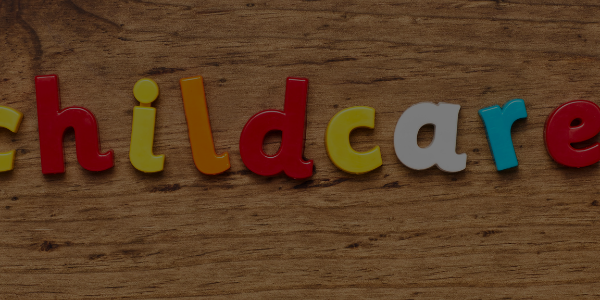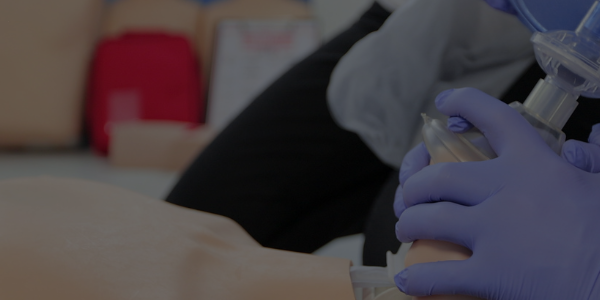The C-spine is a 7 bone structure that is supported by the head, thoracic and abdominal core musculature.
It is important to note all injuries are not as a result of trauma.
The c-spine may be injured due to degenerative processes or a result of poor posture over time.
This article will discuss the 7 cervical bones, potential causes of injury and tests that may be performed to identify if there is an injury present.
The cervical spine (c-spine) is composed of 7 bones that are supported by muscles, ligaments and tendons.
The bones are identified by their location in the neck and numbered 1 to 7 with 1 being closest to the head and 7 closest to the torso.
The bones provide flexibility while supporting the weight of the head. They also allow for movement such as turning the head side to side, nodding your head up and down and tilting your head side to side.
The C-spine can get injured due to trauma such as whiplash or a car accident. Repetitive movements over time can also cause an injury such as slouching in a chair or sleeping with your neck unsupported.
Signs and symptoms of a potential c-spine injury include:
- Neck pain or stiffness
- Headaches
- Numbness or tingling in your arms or legs (If you have numbness or tingling in one arm and not the other, call 911.)
- Trouble balancing when walking
- Pain when moving your neck or back
The cervical spine, or c-spine, is the part of the spine that runs through the neck.
Its primary function is to protect the spinal cord, which carries messages between the brain and other parts of the body. The c-spine also supports the weight of your head.
A cervical spine injury can lead to paralysis and even death if it isn’t treated quickly. It’s important to know how to recognize a potential c-spine injury and how to treat it.
What causes a Cervical Spine injury?
- Car accidents are one of the most common causes of c-spine injuries. Falls, diving accidents, and sports or recreational activities can also cause injuries along your spinal cord.
- Signs and symptoms of a potential c-spine injury include:
- Neck pain or stiffness
- Headaches
- Numbness or tingling in your arms or legs (If you have numbness or tingling in one arm and not the other, call 911.)
- Trouble balancing when walking
- Pain when moving your neck or back
If you have a C-spine injury and do not get treatment, it could lead to paralysis, nerve damage or even death. It’s important that you know how to check for a C-Spine injury in yourself or someone else.
Please note that regular First Aid and CPR Training is the best way to make sure that you’re prepare in the case of an emergency. Book a course with us!
Find this article useful? Read more of our blogs here!





